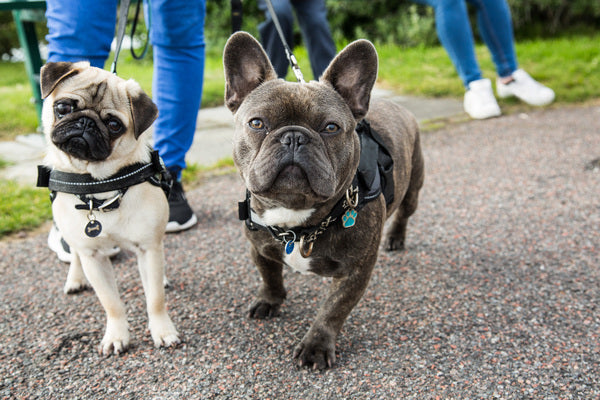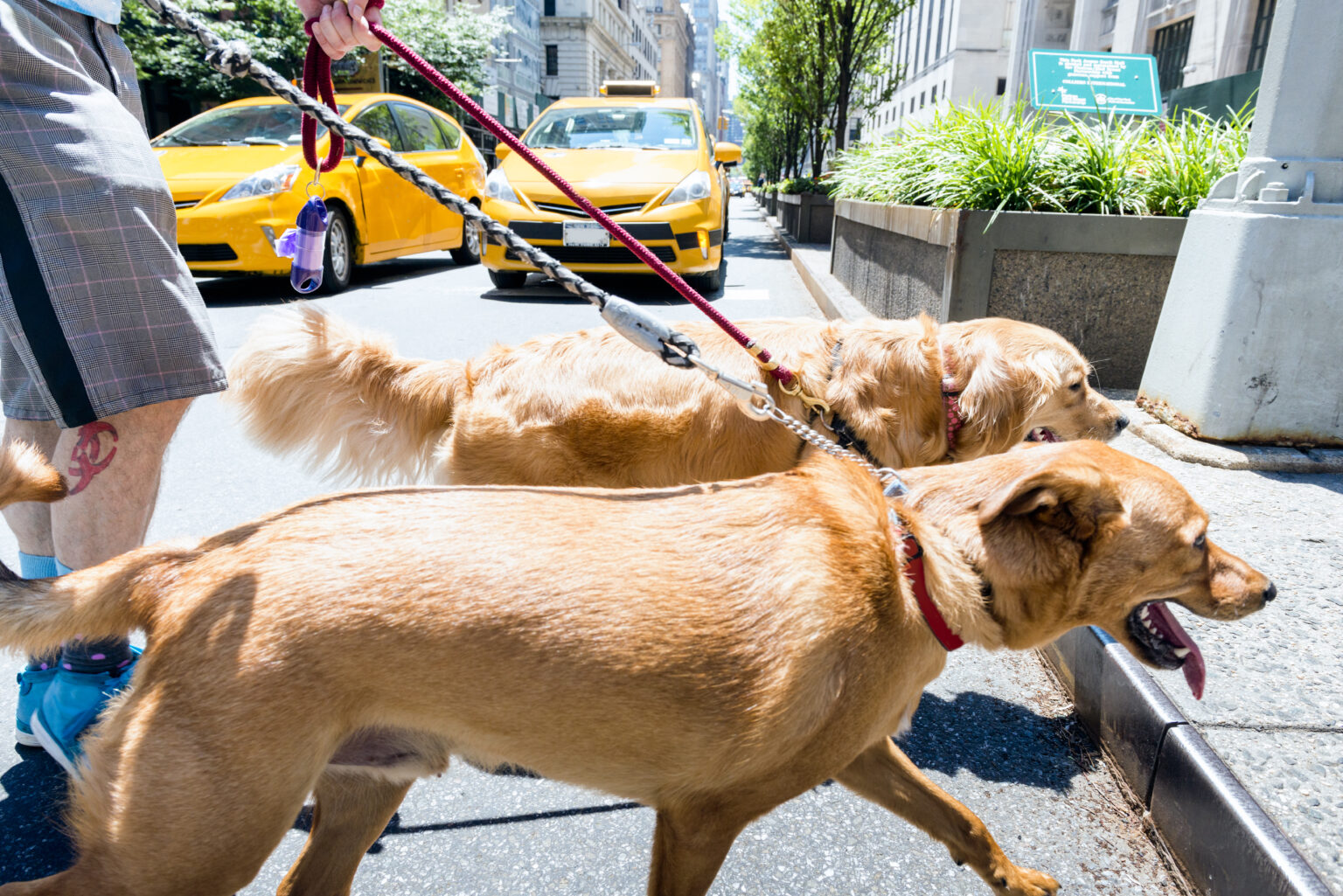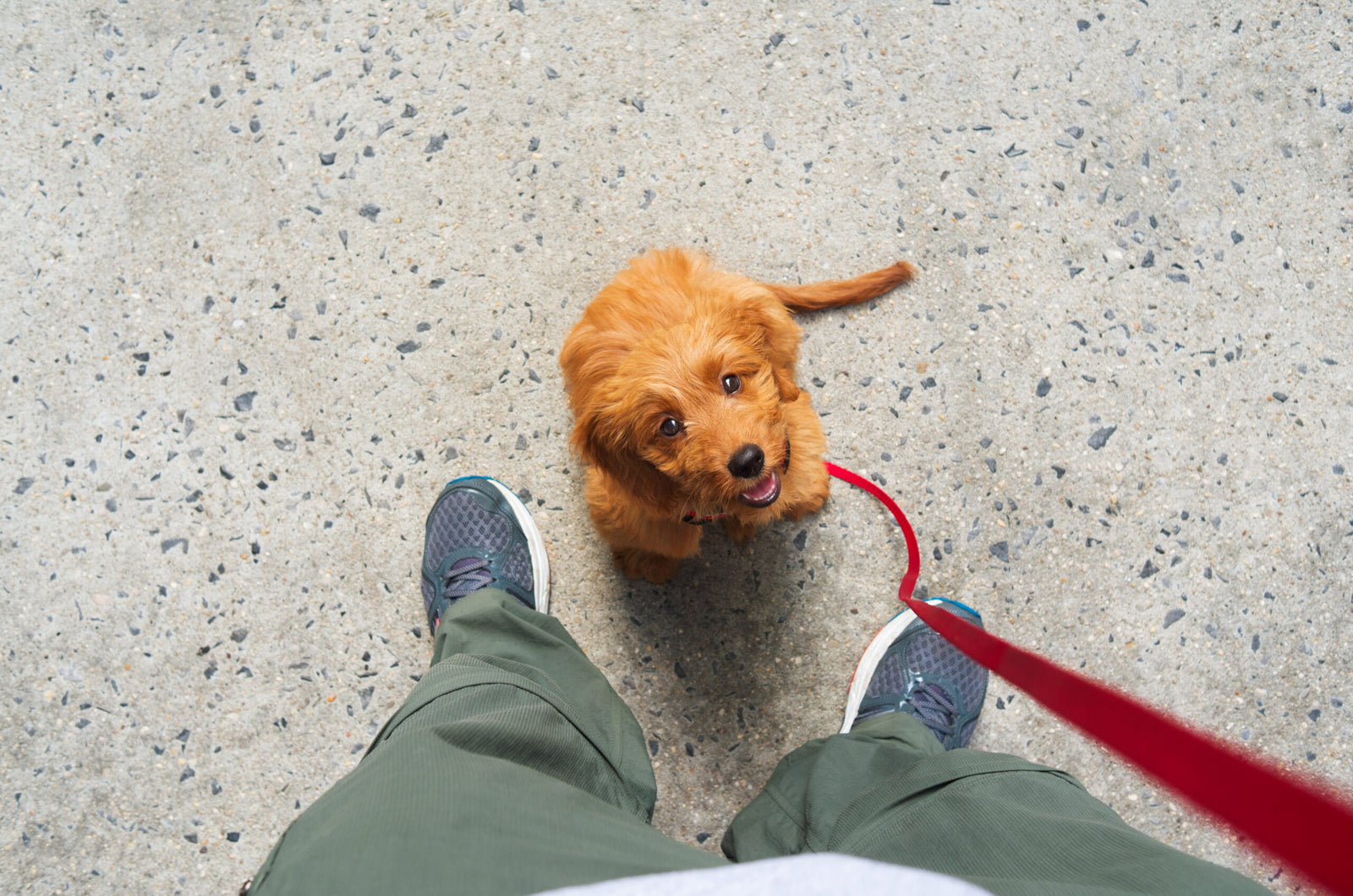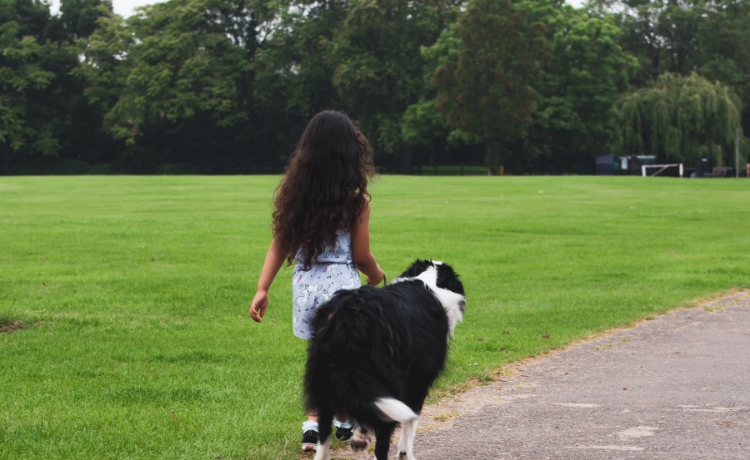No — some biodegradable bags are made of different types of recycled material, while others are derived from plant and vegetable-based materials. The material of the bag directly impacts its breakdown and the subsequent effects it has on the environment.

FAQ
FAQ

-
-
Compostable bags are made from a resin derived from plants, vegetable oils and compostable polymers. They also include:
50% recycled plasticTDPA additive (which helps with degradation)
-
Composting is an aerobic method (meaning that it requires the presence of air) of decomposing organic solid wastes. Therefore, it can be used to recycle organic material, such as dog waste. The process involves the decomposition of organic material into a humus-like material, known as compost, which can be used as fertilizer for plants.
-
Any dog waste bag (whether it be plastic, biodegradable or compostable) goes straight from trash to landfill, not necessarily separated or discarded properly. Even worse, when organic matter decomposes without air (as it does in a plastic bag), it produces more methane than it would otherwise. Methane is a more potent greenhouse gas than carbon dioxide, which is produced by aerobic decomposition; when released, methane traps heat in the atmosphere, therefore contributing to climate change.
-
Don’t do this! While it might seem like this is fine on the surface, exposed dog waste can easily be washed into water sources, potentially contaminating the water supply and contributing to things like algae blooms. If the waste is within a few miles of the watershed, it could also then travel out into bays and beaches. Just a few days of waste from 100 dogs can contaminate a bay enough to make it unsafe for fishing and swimming, forcing the entire place to temporarily close down.
-
Algae blooms are places where algae has greatly overgrown in a short period of time. They’re dangerous because they create “dead zones” in the water by blocking out sunlight and consuming too much oxygen for any other underwater organisms to survive. These are harmful to drinking water and to dogs, because dogs who ingest it can be fatally poisoned by certain types of algae (i.e. blue-green algae). So, if your dog likes to play in the water, be careful and make sure to keep water sources clean!
-
No. Even after the waste has been washed away, microorganisms that can cause illness remain in the spot it was left in for up to four years. So, it’s best to pick up your dog’s poop right away!
-
A single plastic bag produces 3.48 lbs. of CO2.
NEED FOR A SUSTAINABLE ENVIRONMENT
Environment
-
Do you have a high-energy Labrador who loves to run? A low-energy cockapoo who would rather spend the day asleep? Your dog’s activity level will determine how often and how long you should be walking them. A good rule of thumb is to aim for at least two walks a day (one in the morning and one in the afternoon/evening) for at least as long as it takes your dog to do their thing! This could range anywhere from a fifteen-minute walk to an hour-long walk twice or even three times a day. We recommend finding a routine that works for you and your pooch!
-
In moderation and with supervision, technically yes! But, importantly, only some bones, and they’re not the safest treats out there. Never give your dog a poultry bone, as these bones are hollow and splinter easily. Splintered bone parts can injure your dog’s mouth, or worse, cut into your dog’s throat or stomach if ingested.
-
Yes! Despite the popular misconception that a dog’s mouth is cleaner than a human’s, this isn’t actually true. As such, it’s important to maintain good oral hygiene for your dog. Your dog may not like it very much, but if you’re gentle, patient, and have lots of treats on hand to reward them, your pooch will become more cooperative once they realize that “toothbrush time” isn’t torture.For more details on specific dog-safe toothpastes, check out this article from the American Kennel Club!
-
Depends! On one hand, not having pet insurance means one less bill to pay, but comes with the risk of paying thousands of dollars out of pocket for the full price of an unexpected medical emergency. On the other hand, having pet insurance may be an unwanted expense, and depending on how high your deductible is, your usual vet costs may never reach that point at all. Keep in mind that pet insurance plans cover costs via reimbursement rather than co-pay, so you’ll first have to pay all medical costs out of pocket before submitting a claim to the insurance company for them to pay you back. If your dog is older, belongs to a breed more prone to health issues, or already has some existing health issues, it might be a good idea to think about pet insurance!
-
Maybe! Like most of the answers in this FAQ, it depends on your dog. Some dogs get along great with other kinds of animals, especially if they’ve been socialized with said animals from a young age. Others, maybe not so much. If you’re unsure how your dog will react, think about how socialized they are in general. How do they react to other dogs, strange humans, and new environments? Depending on your answer, it may or may not be the best idea to add a new fur baby to the family—at least, not without some carefully-planned socialization first!
-
With lots of treats and lots of patience! Training and acclimating your dog to new people/places/sensations is all about positive reinforcement, and don’t be discouraged if it takes some time. Let your dog approach and explore at their own pace, reward them when they’re calm, and be sure to take a break or back off if they get too stressed. Time, patience, and positive reinforcement are key.
TAKING CARE OF YOUR DOG
All About Dogs


-
Sustainability is a serious issue and the increasing dangers that pollution and climate change bring are impacting everyone in some form or another. Whether it’s unpredictable weather or poisoned rivers, we need to clean things up as fast as possible, before the situation gets worse than it already is.
-
Definitely. Plastic pollution is a serious environmental problem, as plastic takes hundreds of years to break down and contains chemicals that are harmful to both humans and wildlife. In 2018 alone, 8 million metric tons of plastic ended up in the ocean! We need to do everything we can to prevent this, which means cutting plastics out of the production line.
-
Curbicus is built around the circular economy, which mimics the circle of life found in nature rather than the common “create, use, dispose” model. We think about the bigger picture of dog ownership: the global picture. We want to create a cleaner and easier way to clean up dog waste, one that can keep you, your dog, and the planet healthy.
-
Yes! While it may not feel like much on an individual level, Curbicus’ aim is to upgrade methods of dog waste collection and disposal in a way that will impact more than just yourself. Our goal is to be part of something bigger than any of us on an individual level. We want to keep our environment (which sustains us!) clean, by reducing plastic waste in any way we can. We want to clean up our planet for this generation and the next.

